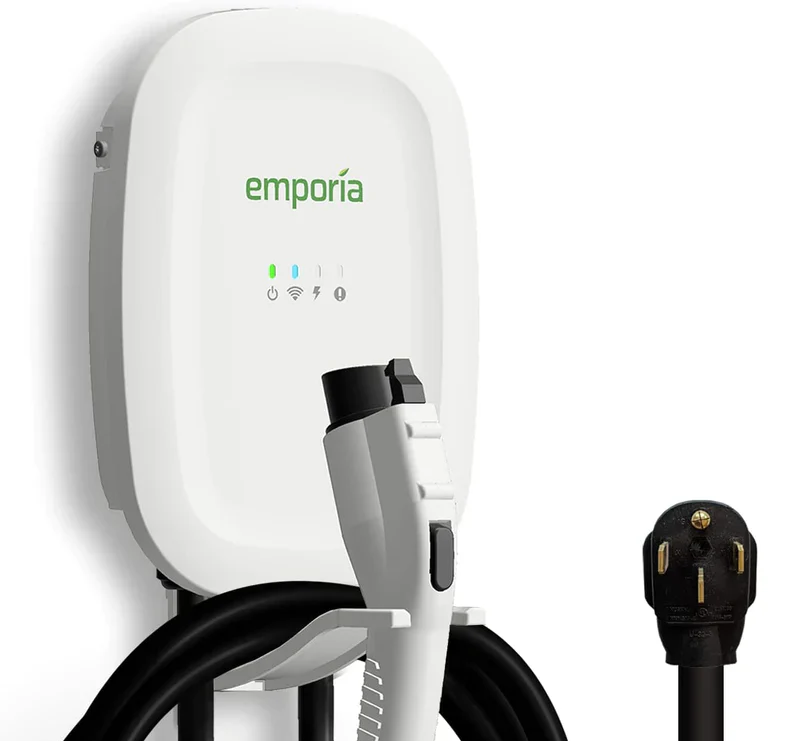It's better for the environment, and with gas prices the way they are, it’s also easier on your wallet in the long run. But here’s the kicker: the U.S. government might help you pay for it.
Thanks to a federal tax credit of up to $7,500, buying a new EV (or certain plug-in hybrids) can cost less than you think. Here’s how the electric car tax credit really works—minus the jargon.
What Kinds of Cars Qualify?
Not all electric vehicles qualify. Here’s the quick checklist for federal tax credit eligibility:
- It has to be new. Used EVs follow different rules.
- It must be an EV or plug-in hybrid (PHEV). Regular hybrids don’t count.
- Battery size must be over 5 kWh.
- It needs to be able to plug in.
- Vehicle weight must be under 14,000 pounds.
The government maintains an official list of qualifying vehicles, updated regularly. Check the latest eligibility list here from fueleconomy.gov, a joint resource from the Department of Energy and the EPA.
Some manufacturers like Tesla and General Motors have already sold too many EVs to qualify for the original credit, though some of their newer models may qualify under updated rules as part of the Inflation Reduction Act.
How Long Will the Tax Credit Be Around?
The federal tax credit doesn’t last forever. Each automaker gets a cap—200,000 qualifying EVs sold—after which the credit phases out. That’s why Tesla and GM got phased out early.
There’s no set expiration for the tax credit program, but it’s designed to wind down as EV adoption increases and prices drop. New legislation may update rules (again), so it’s smart to double-check before buying.
You can view current updates on tax credit legislation via the IRS's clean vehicle credits page.
How to Claim Your EV Tax Credit
This isn’t an instant rebate—it’s a tax credit, which means you get the benefit when you file your taxes. Here’s how it works:
- Buy a qualifying EV and make sure you’re the owner (not leasing).
- At tax time, file IRS Form 8936 with your return.
- The credit reduces what you owe in taxes. It’s non-refundable, so if your tax bill is smaller than the credit, you won’t get a refund check for the difference.
- There’s no rollover either—what you don’t use, you lose. That’s why it’s important to understand your tax situation before counting on the full $7,500.
What If You Lease an EV?
If you lease your vehicle, you don’t own it—the dealership or automaker does. They can claim the tax credit, not you. However, many dealerships pass on that savings to customers through lower lease rates or bonuses. So if you’re leasing, ask about how the tax credit is factored in.
Extra Incentives for Charging at Home
Installing a home charger? There’s help for that too.
Depending on where you live, you might qualify for state or utility rebates on Level 2 EV charging stations. These chargers are faster, smarter, and ideal for daily home use.
For example, the EVIQO Level 2 EV Charger (48 amps) is a solid option. It’s built for outdoor or garage use, charges much faster than a Level 1 outlet, and fits most home electrical setups. With the right setup, it’s plug-and-go.
To see if you qualify for credits or rebates on home chargers, check:
- U.S. Department of Energy: Alternative Fuels Data Center
- Database of State Incentives for Renewables & Efficiency (DSIRE)
Bottom Line
Buying an electric vehicle comes with real perks—beyond the lower fuel and maintenance costs. With federal tax credits, local incentives, and smarter home charging options, the upfront cost can be much lower than you’d expect.
Just make sure you do your homework: know what qualifies, file the right tax forms, and plan ahead for your charging needs. Because the future of driving is electric—and the government’s helping foot the bill (for now).


